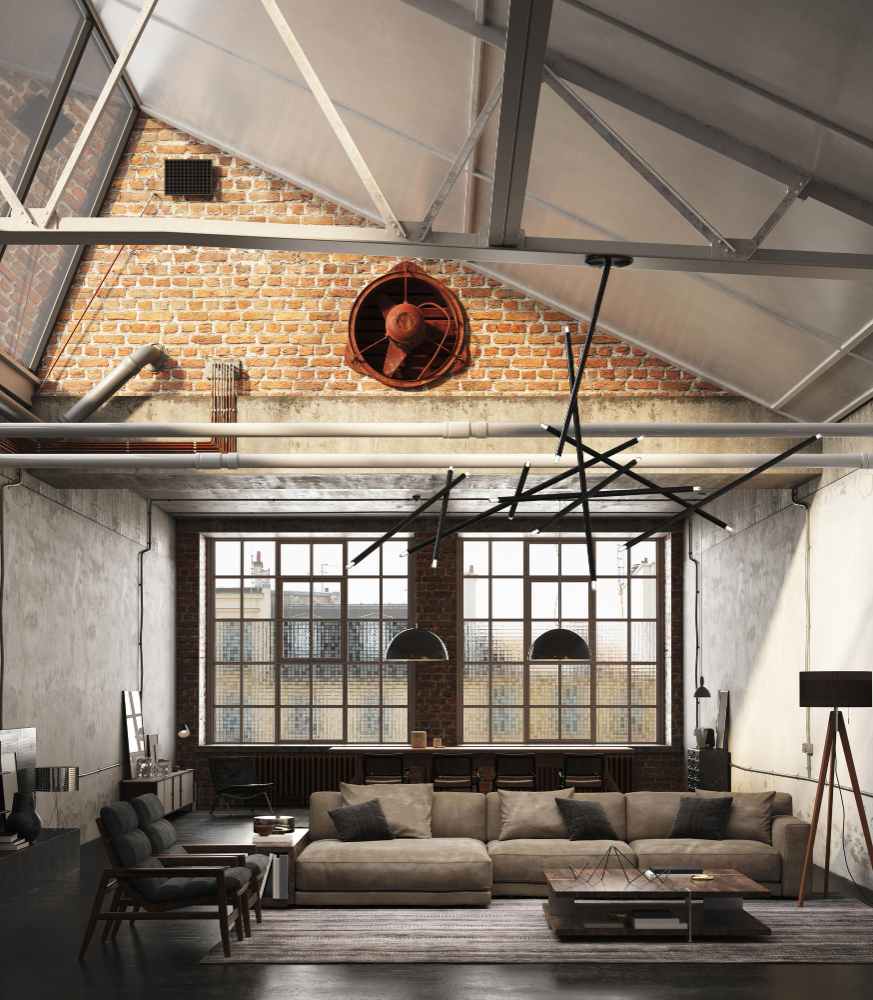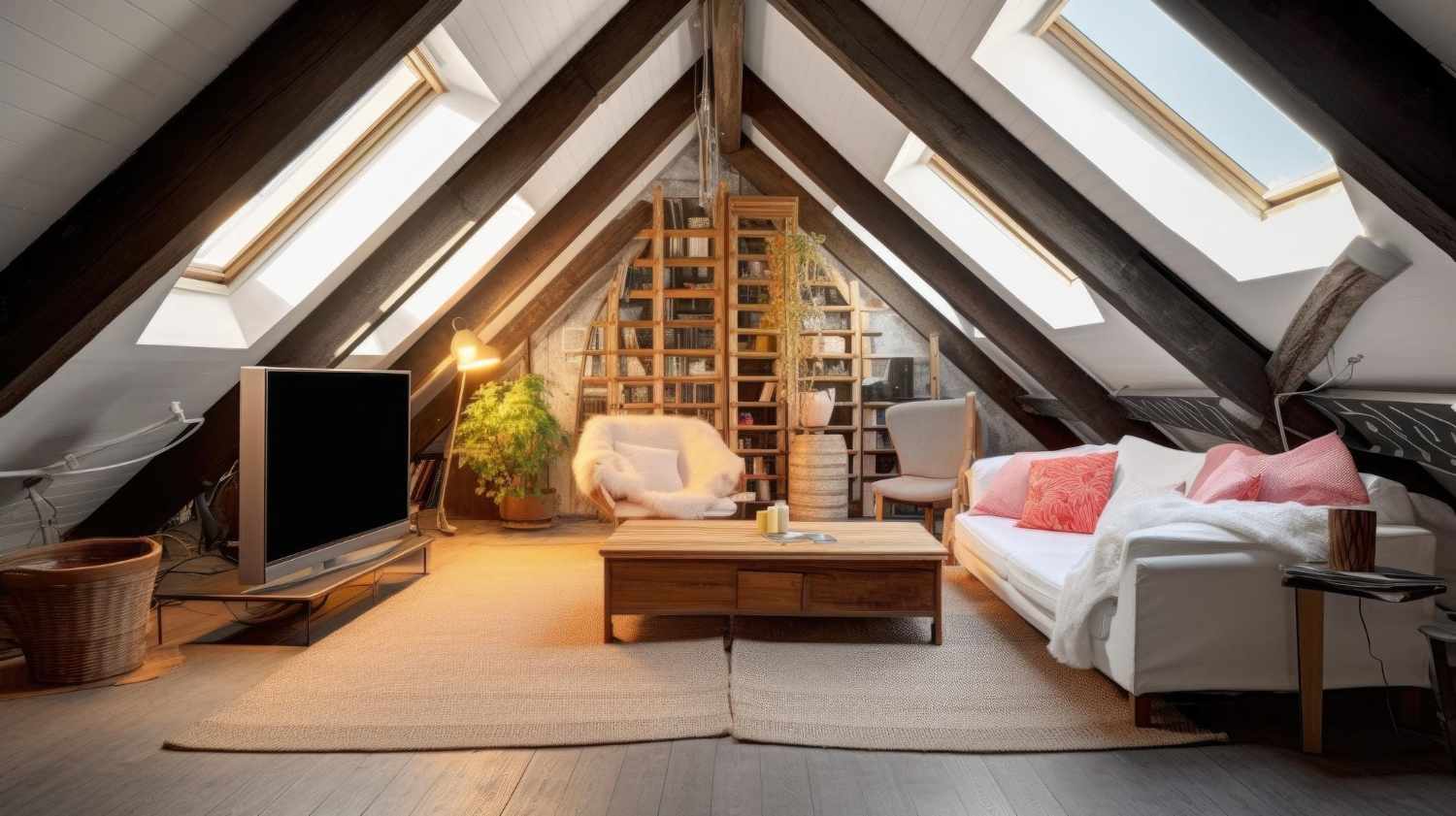
A loft conversion is an ideal way of adding space and enhancing the value of your property. For having a loft conversion with low headroom, the highest point of your roof ridge should be 2.2m from the floor. According to experts, a loft conversion enhances the value of a property by almost 20% to 25%.
In our blog, we have discussed what to consider while planning a loft conversion and options to go for in case of an existing low-headroom loft. We have also explained the rules and regulations that you need to fulfil for your loft conversion project.
While assessing your loft’s suitability for conversion, you should consider the following factors:
You can make your low-headroom loft more spacious by adopting any of the following loft conversion options:
It is an ideal option for increasing the headroom of slopy roofs with the help of boxed projection. It requires reducing dormer window size to ensure compliance with Building Regulations. It does not alter the entire roof’s shape and allows more light to enter the room.
It is a popular conversion type as it involves replacing the slopy roof with a straight roof. Thus, it increases the headroom and adds more usable floor space, lifting up the roof height.
It is one of the most suitable types of loft conversion for enhancing limited headroom. It does not involve structural roof changes, and installing roof lights creates an illusion of a larger space with improved natural light.
This technique lets you quickly add more headroom to your loft, lifting your existing room with a higher roof and facilitating the loft conversion process. Although it involves comparatively fewer internal disruptions, it requires Planning Permission. This option is suitable for loft conversions in bungalows and detached properties.
If your roof height is unsuitable for loft conversion, you can lower the ceilings of the upstairs rooms to utilise that space. However, it is expensive and large-scale work requiring new floor joists and connections to maintain the property’s structural integrity. Moreover, there will be a lot of disruptions during the work. This option is primarily compatible with Victorian properties.
According to the Building Regulations, a minimum of 2.2m ceiling height is required for a loft conversion to ensure health and safety standards compliance. On the other hand, you cannot convert your loft space into a living space if the ceiling height is less than it.


You might have to stick to some Planning Permission rules while making your low headroom more spacious. These factors determine the requirement for Planning Permission:
The following are the essential regulations which require careful consideration for your loft conversion project:
The additional headroom in your loft can be used for various purposes, such as:
Although there are different ways of increasing the loft’s space headroom, consulting with a loft conversion professional is recommended. It is because an expert individual will critically analyse your property’s space and provide advice regarding the type of loft conversion which best suits your requirements.
Moreover, they can also assist you regarding the Building Regulations and Planning Permission guidelines. It ensures the project’s compliance with all the associated rules.